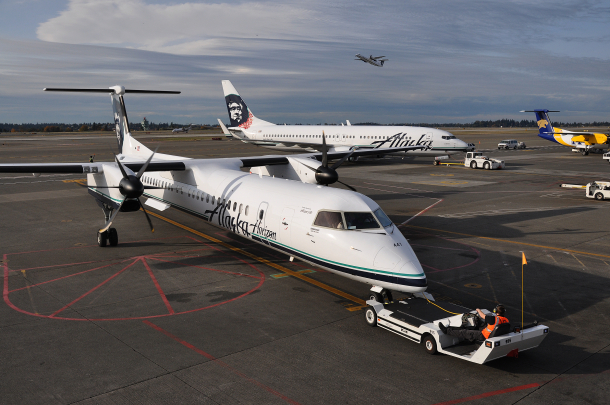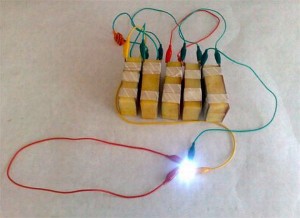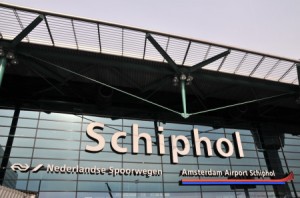If we go by the stats, every year 11 billion pounds of poultry industry waste accumulates annually, because we have gigantic appetite for poultry products. They can’t be stuffed into pillows. Mostly they are utilized as low-grade animal feed. Scientists in Nevada have created a new and environmentally friendly process for developing biodiesel fuel from ‘chicken feather meal’. Professor Manoranjan ‘Mano’ Misra and his team members at the University of Nevada discovered that chicken feather meal consists of processed chicken feathers, blood, and innards. Prof. Misra has been honored as the 2010 Regents’ Researcher by the Nevada System of Higher Education Board of Regents.
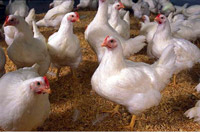
Chicken feather meal is processed at high temperatures with steam. This feather meal is used as animal feed and also as fertilizer. Chicken feather meal has high percentage of protein and nitrogen. The researchers have paid attention to the 12% fat content of the chicken feather meal. They have arrived at the conclusion that feather meal has potential as an alternative, non-food feedstock for the production of biofuel. They have extracted fat from chicken feather meal using boiling water and processing it into biodiesel. Another advantage of extracting fat from feather meal is it provides both a higher-grade animal feed and a better nitrogen source for fertilizer applications.
Stats tell us that if we take into account the amount of feather meal generated by the poultry industry each year, researchers could produce 153 million gallons of biodiesel annually in the U.S. and 593 million gallons worldwide.
Prof. Misra is the director of the University of Nevada, Reno’s Renewable Energy Centre. He has published 183 technical papers in the areas of materials, nanotechnology and environmental and mineral process engineering until now. He also has 10 patents published and another 12 are pending. He has secured over $25 million dollars in grant funding.
Other research is going on regarding chicken feather meal. It contains stronger and more absorbent keratin fiber than wood. Professor Richard P. Wool of the chemical engineering department of the University of Delaware, is trying to carbonized chicken feathers. This type of chicken feather bears a resemblance to highly versatile (and tiny) carbon nanotubes. This chicken feather can be utilized to store hydrogen for fuel-cell vehicles. If we visualize carefully we can see that very tiny natural sponges of chicken feathers have a big weight advantage over metal hydride storage.
Wool’s graduate student Erman Senöz in the project explained that they applied the pyrolysis process. During this process a very high heat without combustion in the absence of oxygen is applied. This yields fibers “that are micro-porous, very thin and hollow inside like carbon nanotubes. They start forming at 350 degrees Centigrade, and above 500 C they collapse. We’re trying to find the perfect temperature.”
Another advantage of this process is there won’t be lack of chicken-feed, because the fiber is taken from the central quill part. It leaves the fluffy feathers available to force-feed livestock. Feather fiber is quite cheap, and the “gas tank” equivalent would cost around $200.
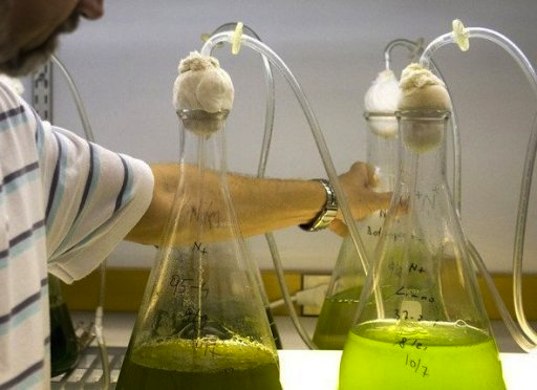
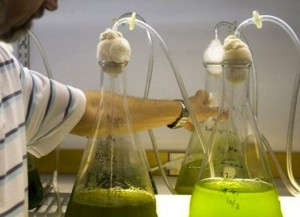
 Follow
Follow




